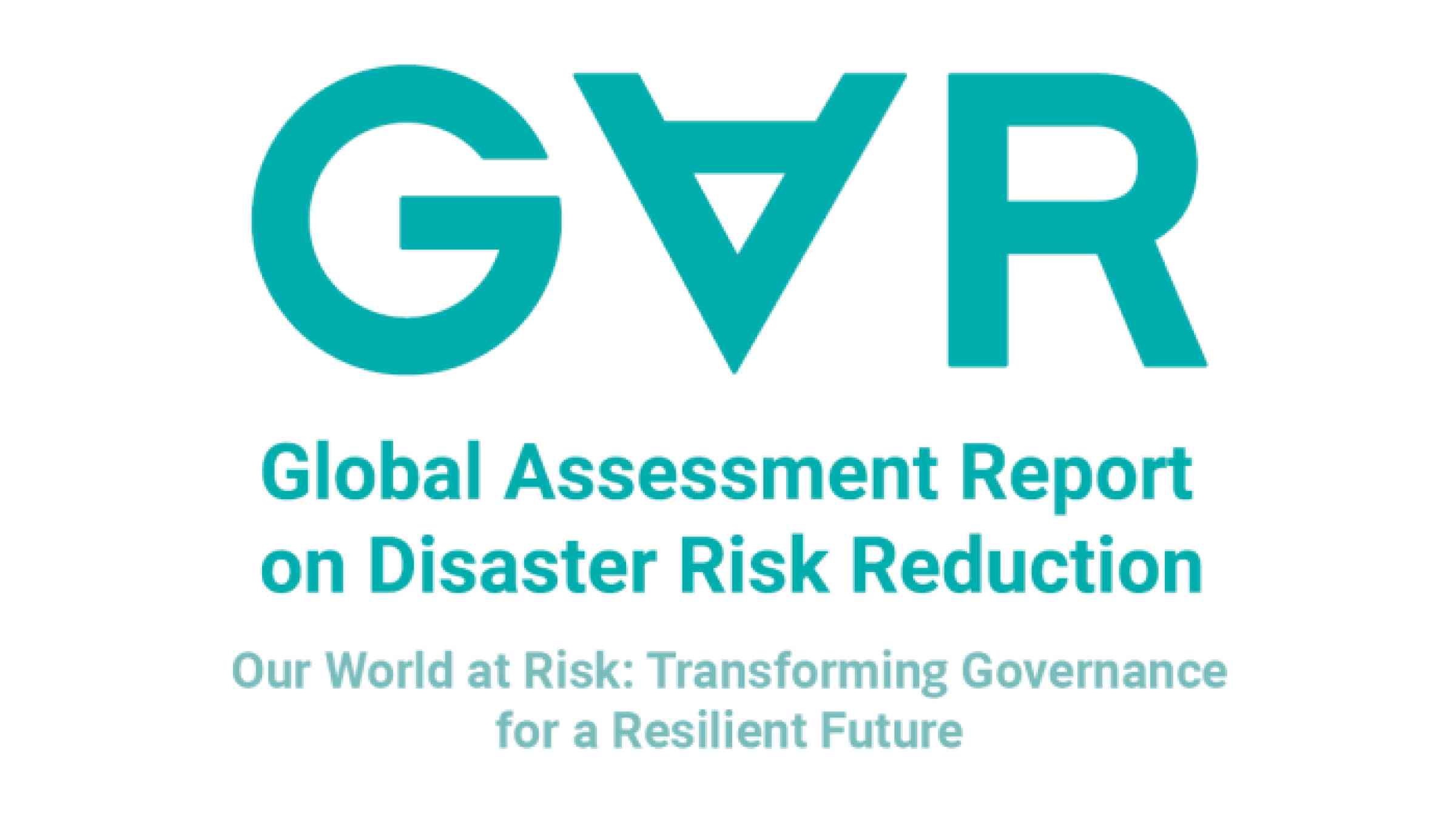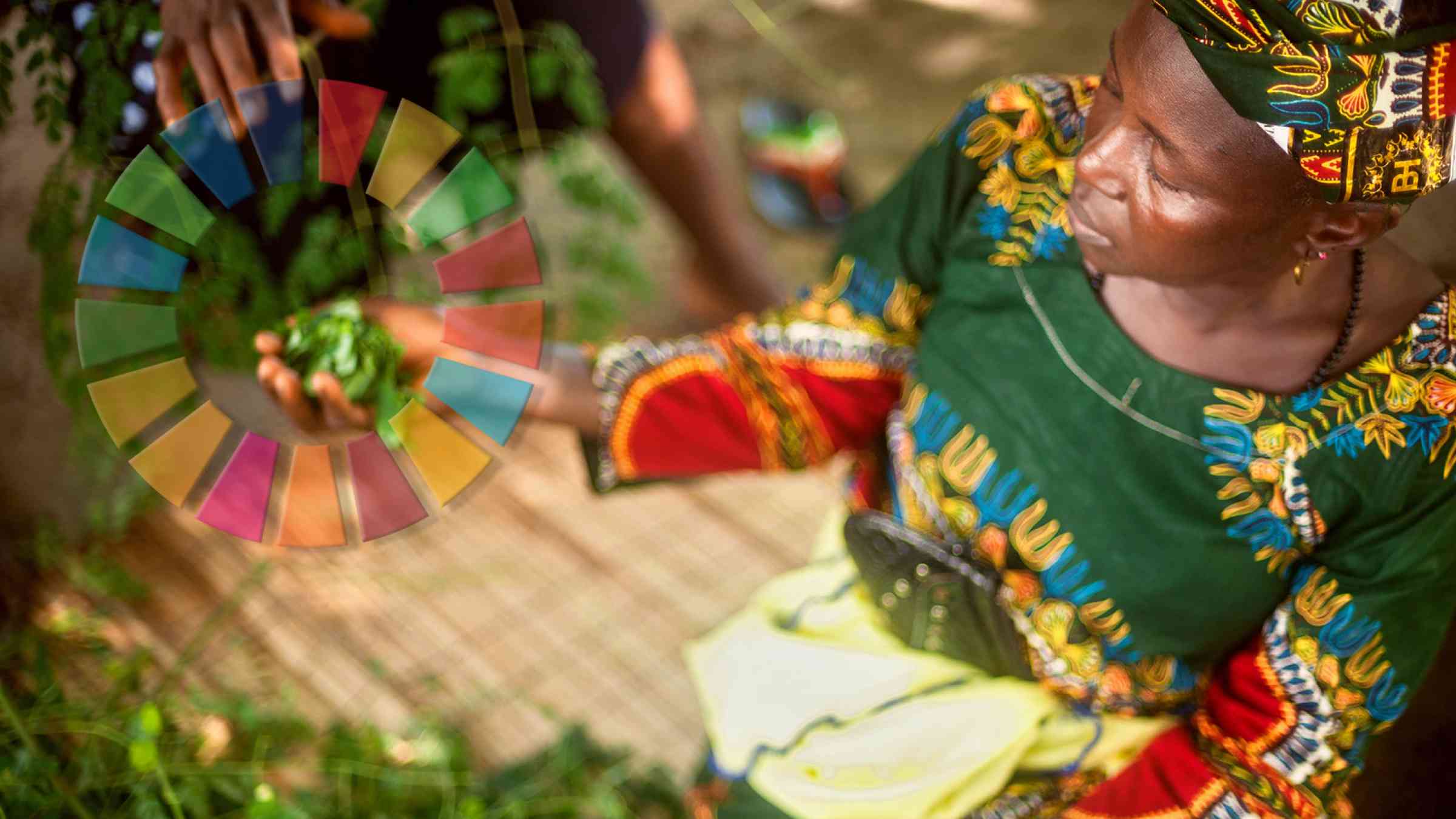GAR Special Report 2024
Forensic Insights for Future Resilience: Learning from Past Disasters
If we accept that disasters are neither natural nor inevitable, then we must work to prevent or at least reduce their impact.
Hazard events are becoming more intense and frequent in all regions of the world. When vulnerability and exposure levels are high, then these hazard events are much more likely to become disasters.
Extreme disasters are not “normal”. Recent climate hazard events have exceeded historical norms as well as the projections of many risk models.
The UN Global Assessment Report on Disaster Risk Reduction (GAR 2024) looks at present and future trends, showing how forensic analysis can enable more targeted and more effective risk reduction.
Keep scrolling to explore the highlights.
"As much of the infrastructure needed to support our growing human population has yet to be built, we owe it to future generations to leverage every opportunity to inject resilience into our investments. This starts with understanding the past to build a more resilient future."
Kamal Kishore, Special Representative of the United Nations Secretary-General for Disaster Risk Reduction, and Head of the United Nations Office for Disaster Risk Reduction
Why learn from past disasters?
The increased frequency and intensity of hazard events around the world confirms what the IPCC’s Sixth Assessment Report (AR6) report already told us: As global warming climbs beyond 1.5°C (2.7°F), the world faces a new and unprecedented level of climate hazards.
As the scale and intensity of these climate hazards increase, the lack of preparation means that they are more likely to become disasters. Hunger, poverty, health risks and unsafe land use, rapid and unplanned urbanization all increase the risk. In a connected world risk can combine with - or compound – with other factors such as the El Nino cycles to slow or even reverse socioeconomic development, exacerbate social tensions, instability, and economic insecurity as well as increase humanitarian needs. People’s lives get worse.
Hazard events are more likely to become disasters when people, assets, or ecosystems are exposed and vulnerable. Unsustainable development, including inequalities, increases exposure and vulnerability, building the risks of compounding or cascading impacts, as well as polycrises. The challenge for all countries, especially those with high levels of disaster risk, is to build resilience.
Disasters are rarely unique. Often, they are preceded by events, which are smaller but very similar. It is only the magnitude of the disaster which changes. By examining such events in detail, however, we can learn about their underlying drivers and search for effective solutions. The lessons learned could prevent much bigger disasters, and contribute to an inclusive, interconnected and financially stable future.
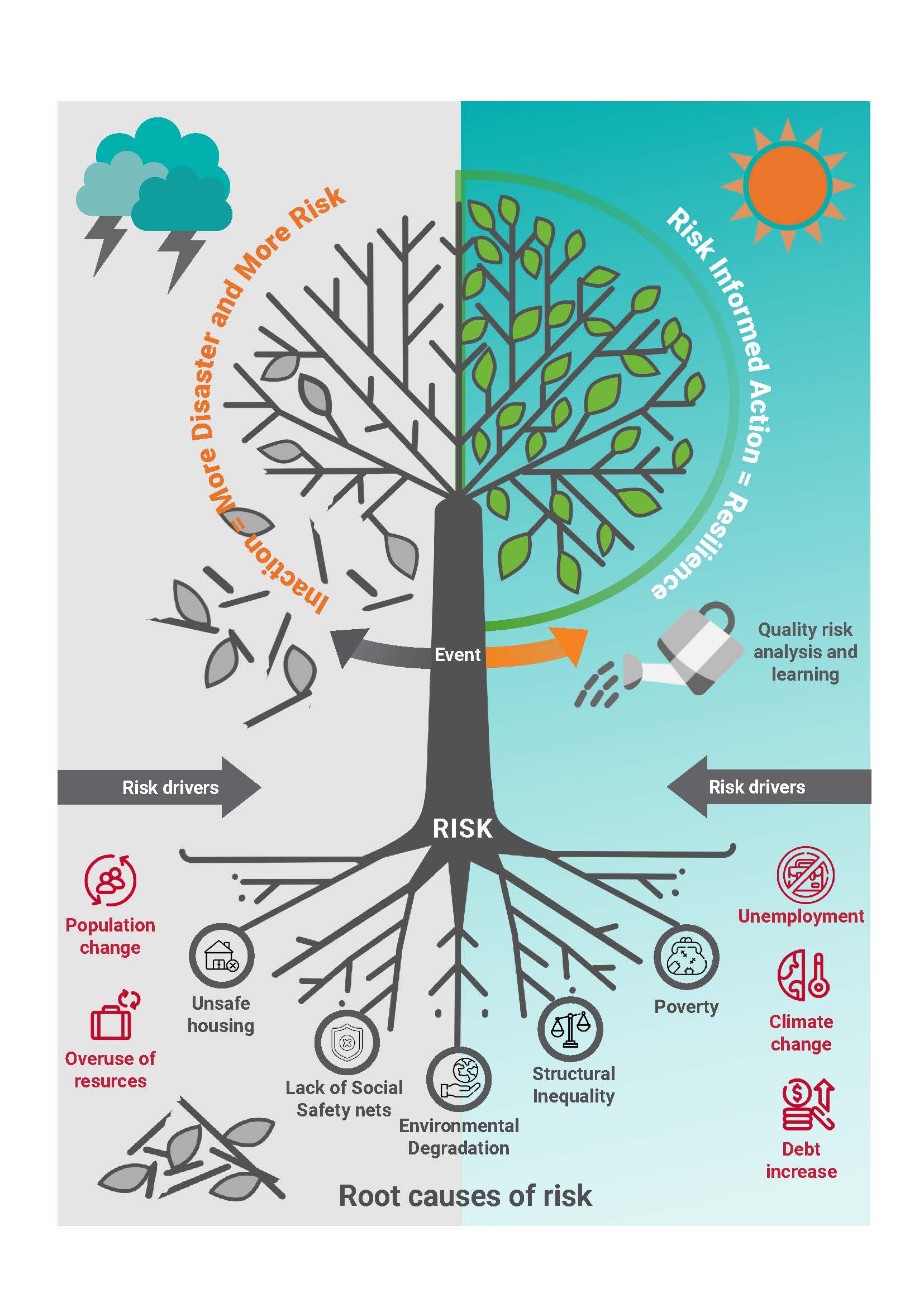
How forensic analysis can help
By studying the relationship between hazards, risk, and disasters, we can better understand how to reduce disaster risk in a way that prevents the next hazards from becoming disastrous.
The FORIN (Forensic Investigations of Disasters) methodology helps to simplify the process of studying disasters and shine a light on insights that may one day save many lives. It has several features which help to improve the understanding of disaster risk, offering policy options and other evidence-based recommendations that can be integrated with development policy and processes to reduce the risk of disaster.
The following questions outline a simplified questionnaire for conducting a forensic analysis of any disaster. The questions follow the three key steps used in the FORIN methodology.
STEP 1 – UNDERSTANDING THE DISASTER DNA
Analyze the specific hazard, exposure and vulnerability factors that made this disaster unique and significant. This involves a descriptive analysis of hazard, exposure, unsafe conditions and subsequent patterns of damage, loss and impact
- What happened? (Hazard)
- Where was the damage concentrated? (Exposure)
- Who suffered most and why? (Vulnerability)
- What was resilient?
Result of Step 1 = Identification of the key DNA strands (unique inflection points) that made this disaster unique. The inclusion of disaster narratives and conversations with impacted people can deepen the analysis and provide a reality check for proposed risk reduction actions.
STEP 2 – FUTURE TRENDS
Look deeper at the identified key areas of disaster DNA and predict potential future trends up to 2050. For example, if urbanization and informal settlements were major contributors to flood damage, then what are the current and likely future trends for urbanization and informal settlements?
Result of Step 2 = Conduct a future foresight analysis to identify which areas of current risk are likely to increase in the future.
STEP 3 – FORENSIC LEARNING
Facilitate a multi-stakeholder discussion to review and refine the analysis, co-creating potential policy and practical actions to reduce the risk associated with each identified DNA strand, considering the disaster’s impacts and future scenarios.
Forensic analysis in application: Case studies
This report presents 10 case studies, each one with a forensic risk analysis, which systematically examines and investigates the disasters to understand their causes and impacts, as well as the effectiveness of any mitigation measures

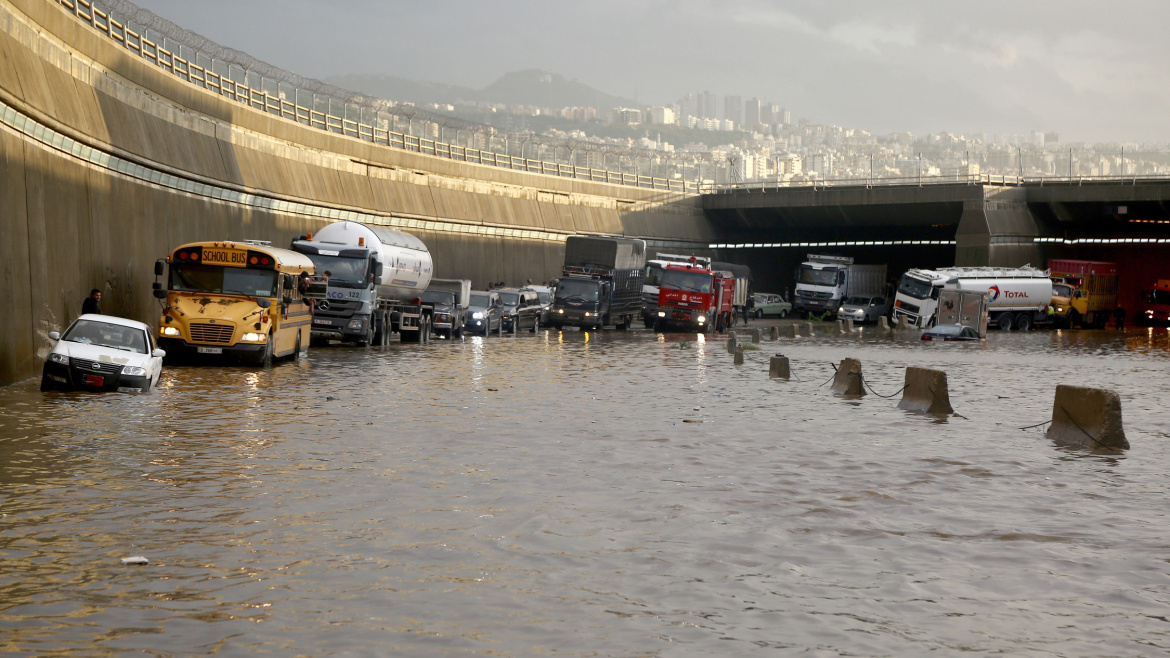
Lebanon floods 2024
After seven days of heavy rain in January 2024, two rivers in Northern Lebanon flooded simultaneously, covering a large area with mud and debris. Coastal roads were submerged, blocking food aid distribution and preventing some people from getting to work.
This case study highlights the lack of enforcement in various aspects of governance, including building codes and regulations intended to ensure the resilience of critical infrastructure and buildings against flooding.
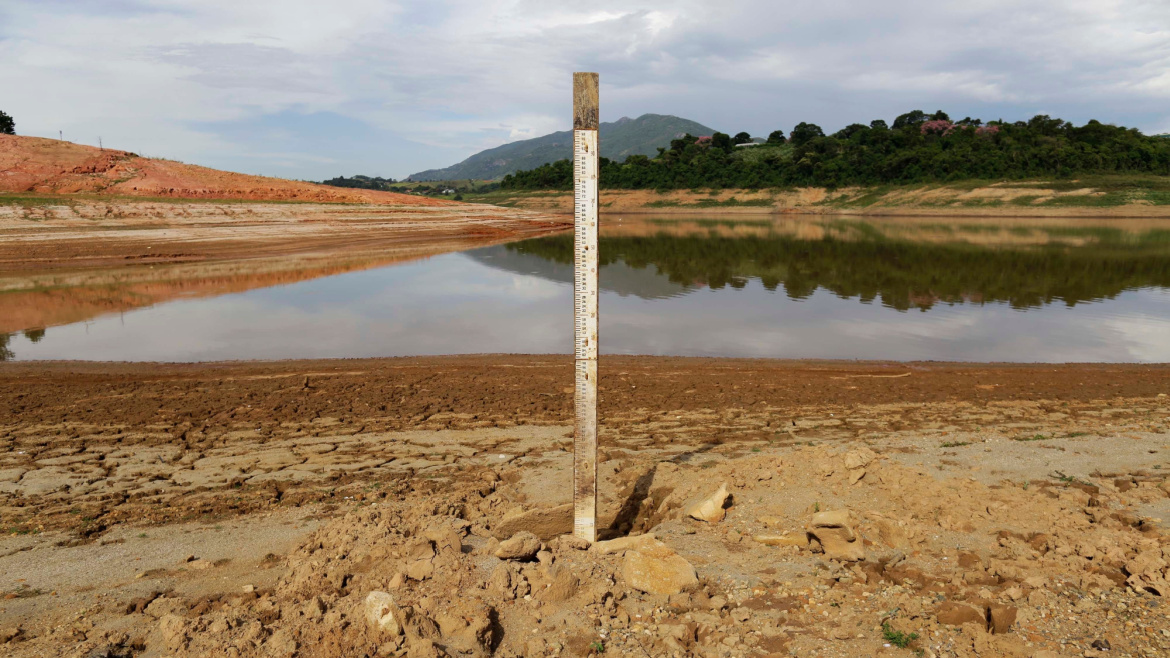
Central America drought 2023
Droughts have been a persistent hazard in Central America for more than 12,000 years, impacting ecosystems, life zones, and resource use. While these dry spells vary in size, duration, and impact, they have been handled in very different ways.
Drought risk management in Central America needs a more cohesive institutional framework. This weakness limits the monitoring and enforcement of regulations.
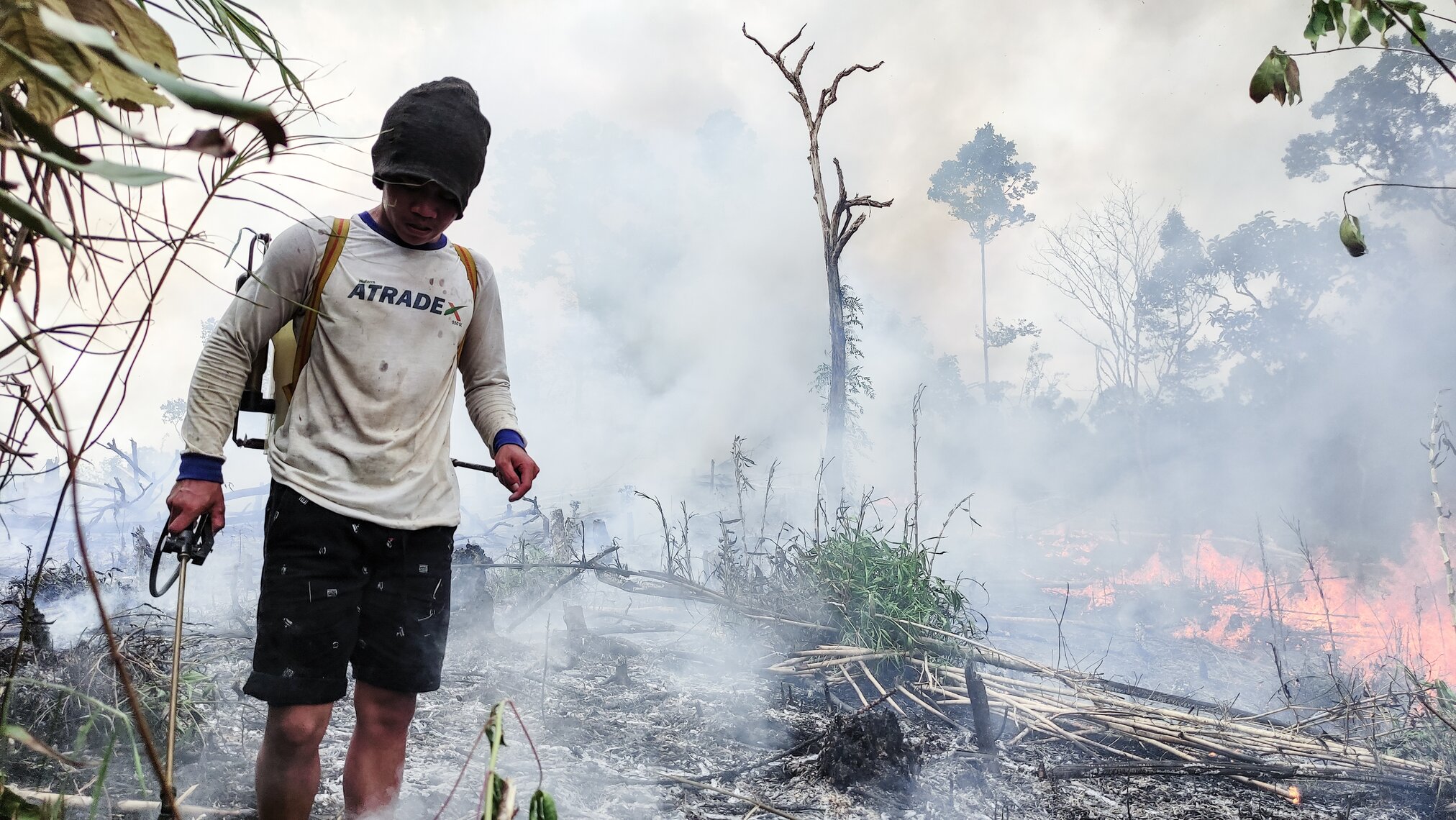
Indonesia wildfires 2023
In 2023, Indonesia experienced a significant surge in wildfires, with the total area burned reaching 1.16 million hectares (2.87 million acres), a fivefold increase from 2022. This dramatic rise in fires was largely attributed to the El Niño phenomenon, which caused prolonged dry conditions across the region.
This case study highlights the importance of making “the right investment” to prevent disasters, whether by governments, private sector corporates, or smallholder farmers.
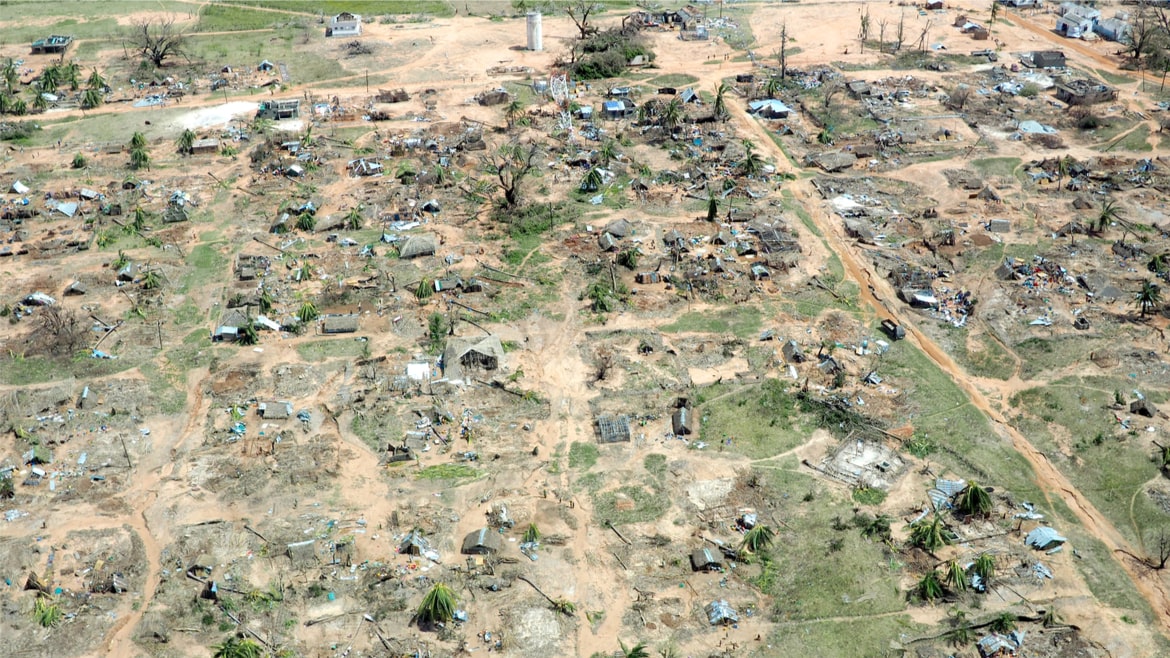
Southern Africa cyclone 2023
Tropical Cyclone Freddy was an exceptionally powerful storm with a record-breaking lifespan and strength, as well as an unusual trajectory. Between February 4 and March 14, 2023, it travelled across the southern Indian Ocean from Indonesia to southern Africa, impacting Madagascar, Mozambique, southern Zambia, northeast Zimbabwe, and Malawi.
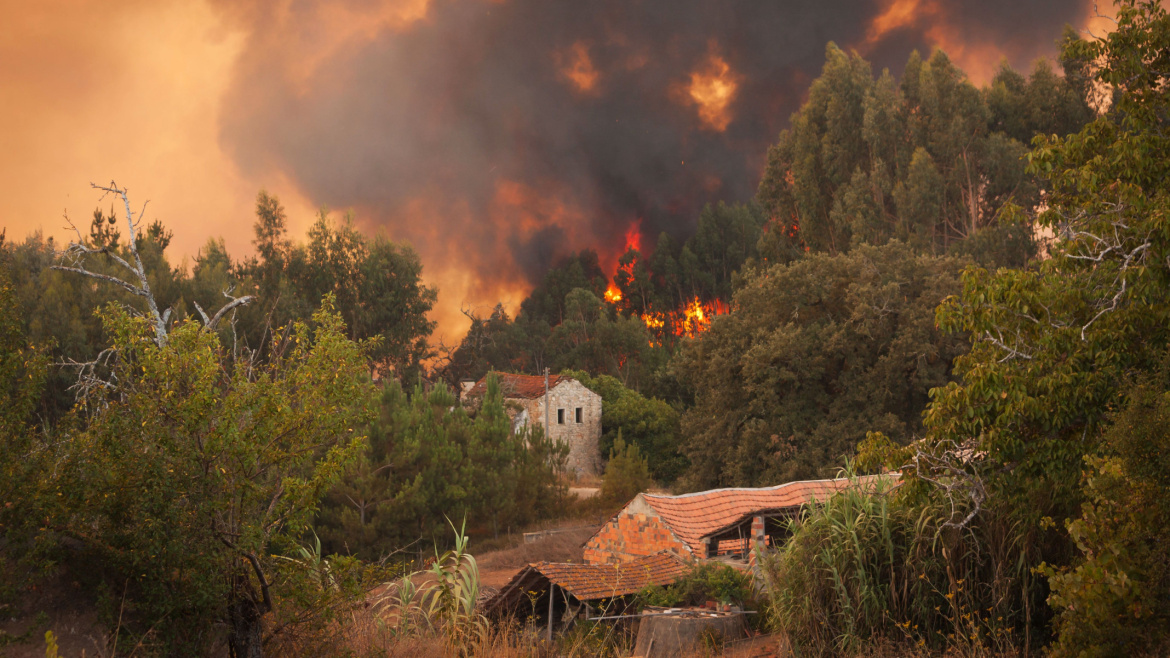
Portugal heatwave 2022
During the spring and summer of 2022, Portugal experienced more than four distinct heatwaves, the most severe of which ran from July 2 to July 18. This exceptional event killed almost 2,400 people and triggered several devastating forest fires.
The 2022 heatwave in Portugal highlights the importance of having “the right mindset” to prevent disasters. In developing its legal frameworks, Portugal has placed special emphasis on preventive strategies, aiming to make them more seamless with response operations and acknowledging the historical imbalance between the two.
Urgent action
Resilience will be vital for future generations to sustain their development and well-being. A vital concept for engineering, economies, ecosystems, social development and well-being, it needs to be internalized. Just as importantly, perhaps, a large amount of infrastructure and services is being built right now, offering good opportunity to build in resilience and risk reduction. It is essential we are prepared for the future building capabilities, harnessing technology and data to anticipate risk and ceasing opportunities to act early and manage uncertainty.
The following are key recommendations from this report:
- Take action to reduce vulnerability and exposure to hazards in advance. This helps by acting as a shock-absorber, buffering the impact of more intense hazard events or the cumulative impacts of smaller events.
- Use forensic analysis to understand how disasters impact across people, territories and prosperity, drawing on this knowledge to guide risk reduction actions, especially in locations where natural infrastructure services are present but strained by more intense and cascading risks. Couple vulnerability reduction with nature-based solutions such as protecting wetlands to absorb flood waters or preserving coastal forests to buffer against storms and reduce erosion.
- Invest in information quality and standardization, broaden data sets to include social and environmental factors, and apply effective methodologies in sectoral and land use planning. These are all essential components for reducing disaster risk. The quality of information on risk and disasters has improved remarkably in the last three decades, but much remains to be done.
- Build alliances and partnerships across sectors, for example by training individuals in alliances and civil society, including non-governmental organizations and other organized groups or networks. Civil society brings together professionals from diverse sectors, communities, indigenous groups, women, migrants, people living with disabilities and other vulnerable groups. It can foster proactive and prospective risk management, as well as vital post- disaster activities.
- Identify prospective risk drivers, by analyzing major disasters. Use insights gained to strengthen early warning systems, focusing more on the likely failures of system key nodes and buffers in order to protect against potential disasters.
- Utilise continuous, deliberative and accelerated learning cycles, which are central to effective systemic risk reduction. This requires collaboration with local experts and communities, listening to them and working with them. Put systems in place that measure and learn from disasters so that lessons learned can be proactively applied. Change direction as new knowledge and partners emerge.
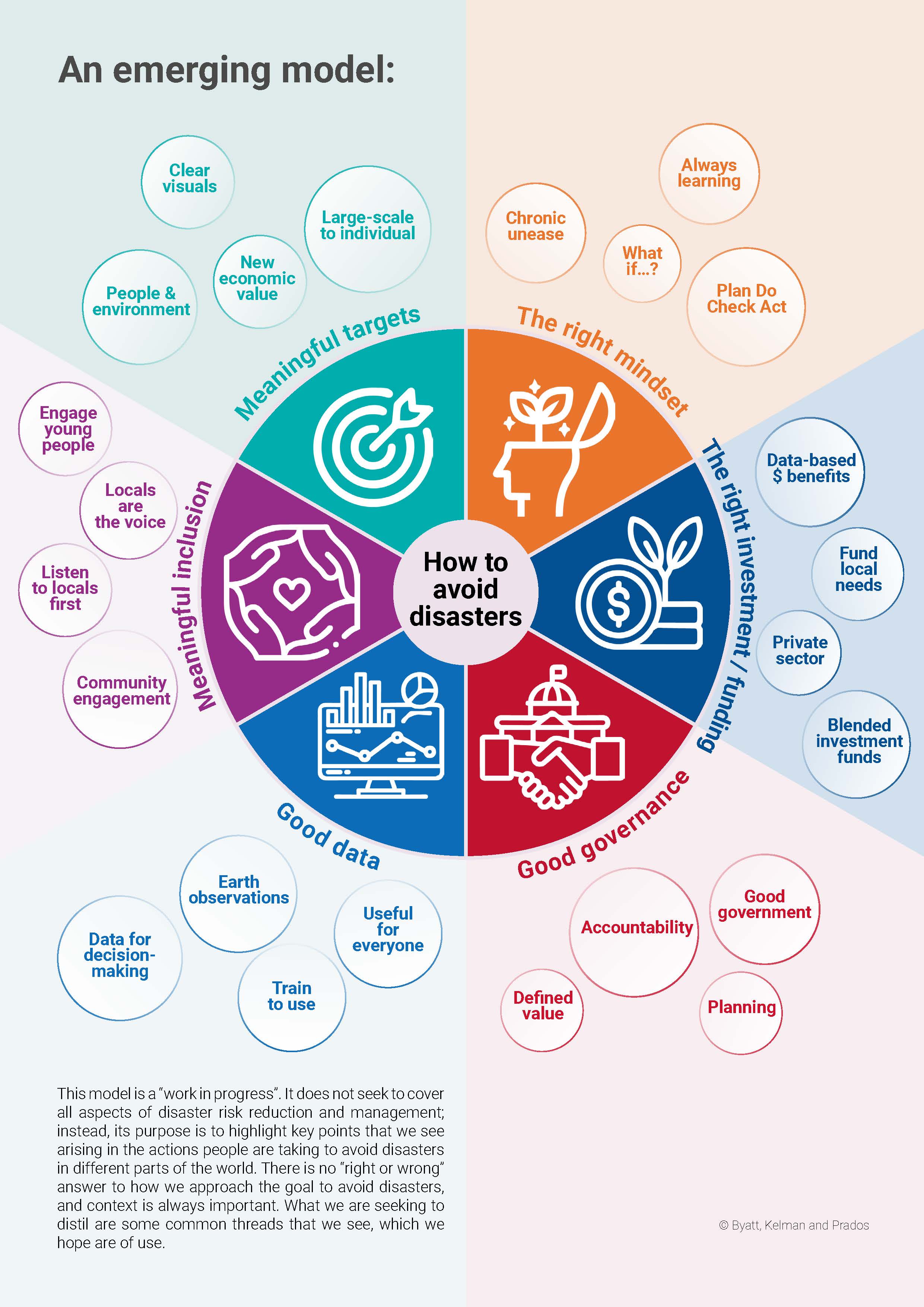
We can all learn from disasters in our own contexts to reduce immediate and systemic risks.
Related and further reading

